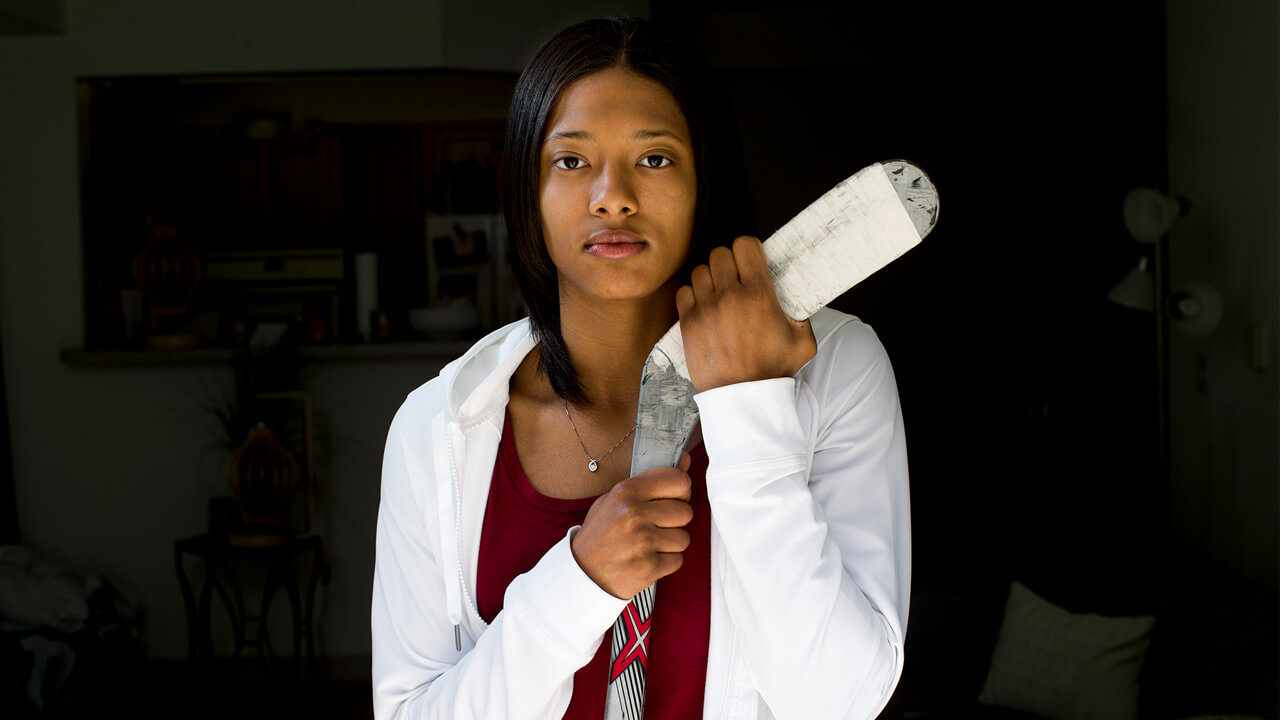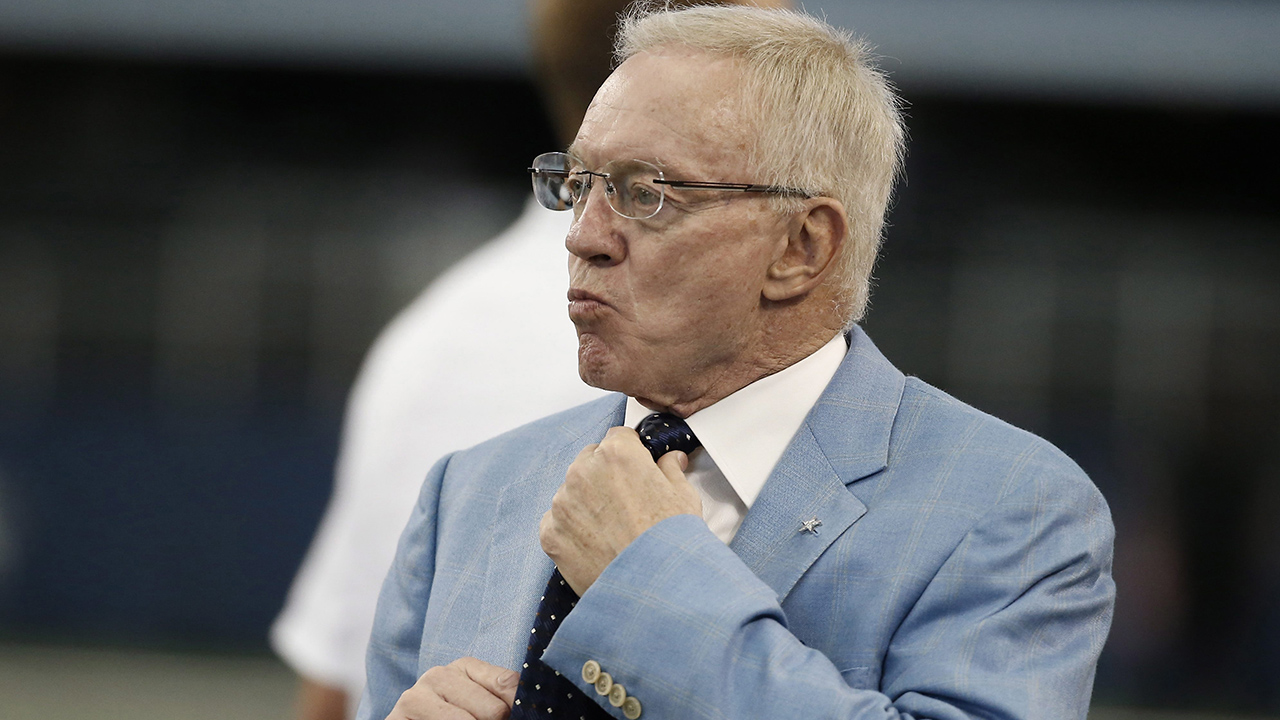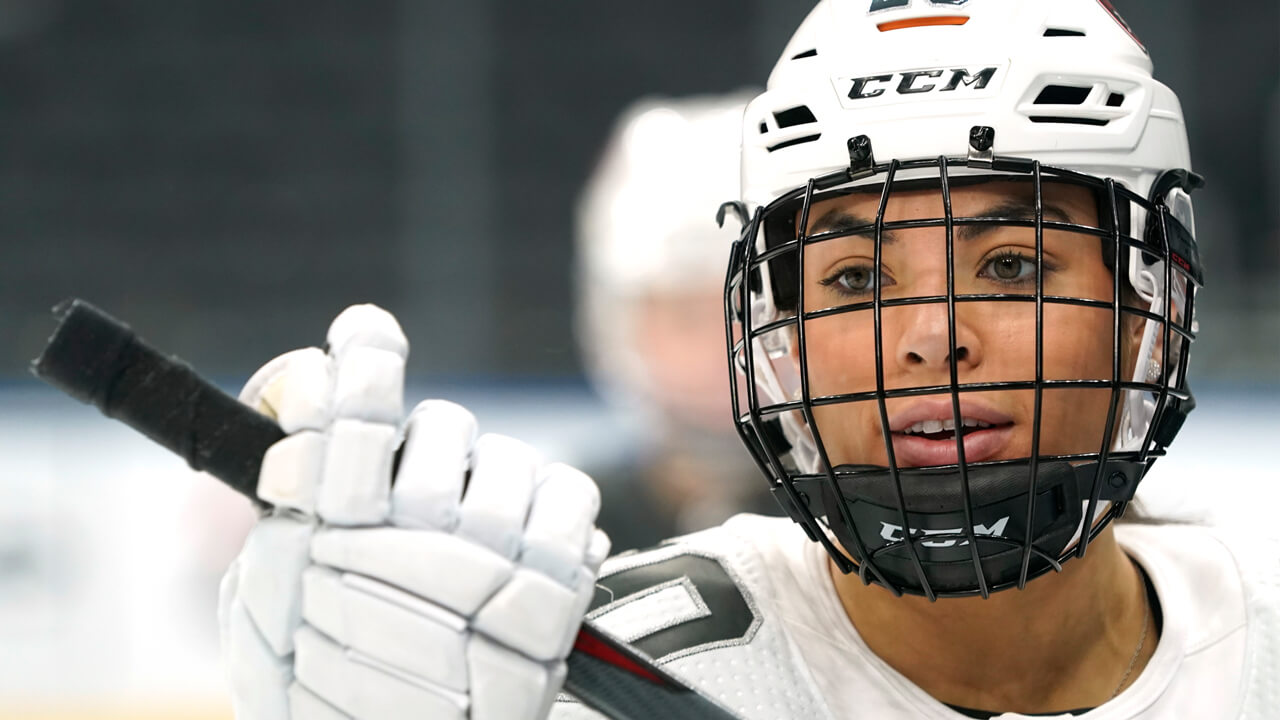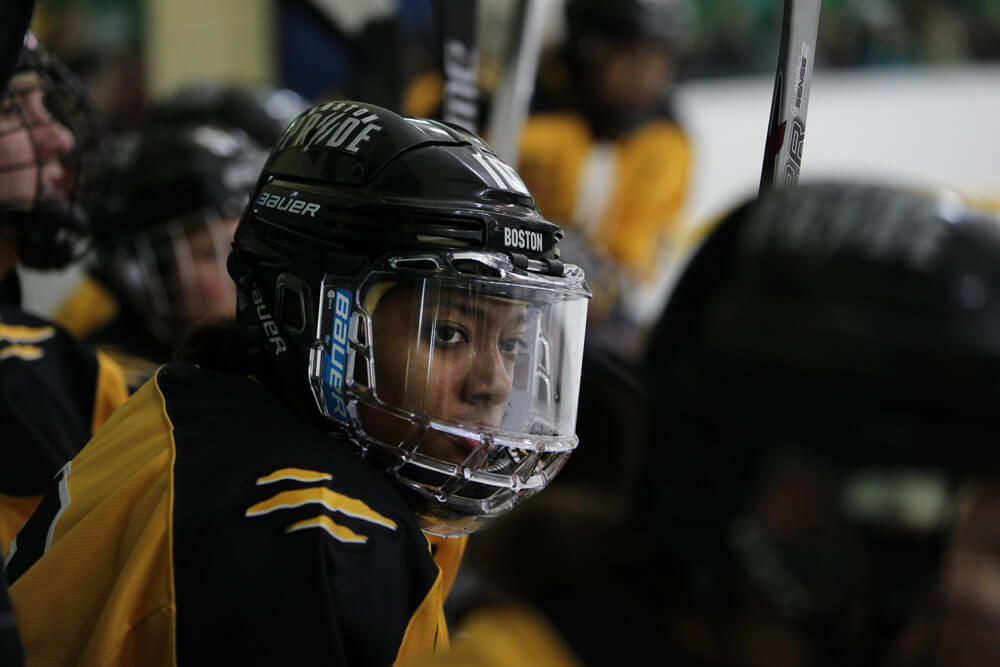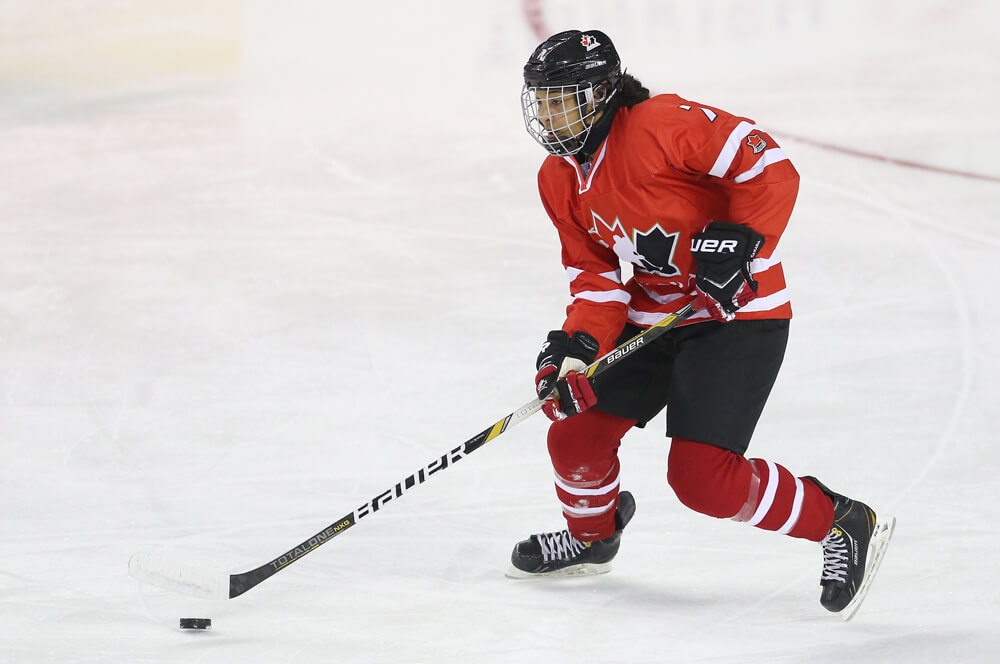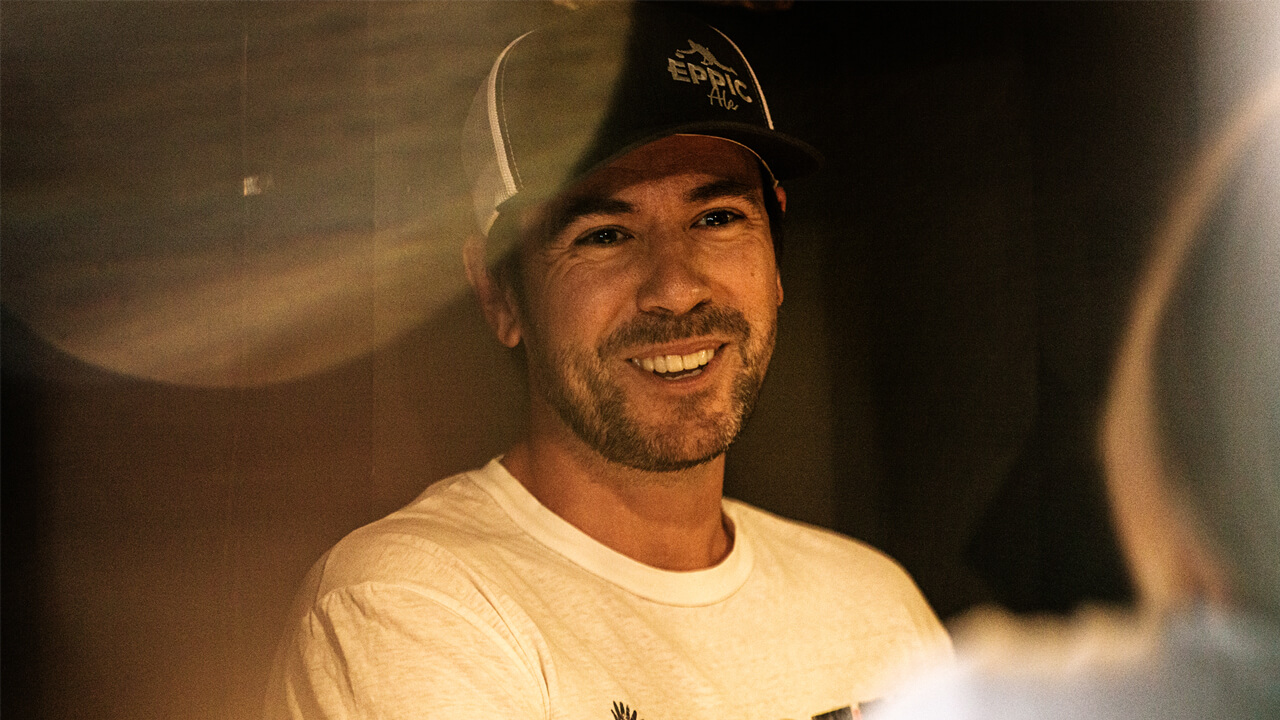By the sport’s own avowed principles, basic mutual respect should already be a foundational aspect of how locker rooms operate. The importance of team unity has long been seen as an essential and unanimously accepted part of building winning rosters. Every conversation about champions, about talented coaches and historic captains, comes back to a vision of a group pulling in one direction. So, why does that same principle not extend to situations where racism is involved, where particular, avoidable interactions leave some disconnected from the rest, fracturing that overarching goal?
“If we’re all aware, we can all shut it down and it doesn’t have to be the Black person in the room saying, ‘Hey guys, that was racist!’” says Bolden. “If we can all be educated and know, maybe have guidelines of ethics on race and understanding what the heck microaggressions even are, and the things that should or shouldn’t be said, that would be great.”
And once that education is in place, once those conversations are being had, bring real consequences for those who continue to offend, says Nurse: “Ultimately we need to see policies and practices put in place, with a top-down approach — this needs to start at the professional level, go down through college, junior, minor, youth hockey. There need to be policies in place that have an absolute zero tolerance for racism, racial slurs, insensitivities — everything.” Most importantly, adds Tinker, those policies need to be shaped by people who better understand the experiences of those who will actually be affected by them — Black voices need to be centred, not catered to. “I feel like the Black people have not been heard, and it’s been up to the white people to display how they want to improve,” she says. “Whereas, they should be getting our input.”
Koelzer, who’s set to soon make the jump to the coaching ranks, having been hired to run the newly established women’s hockey program at Arcadia University, stresses the coach’s crucial role in building an anti-racist environment, too. It’s about more than simply spurring dialogue, she says. It also comes down to communicating how exactly that dialogue needs to take place. “It is definitely [the coach’s] responsibility to make sure that these conversations are being had, and that they’re being had in a respectful manner, so that folks feel comfortable and feel open and willing to learn, and willing to self-reflect instead of feeling attacked,” she says. “I think that’s an important aspect of having all these conversations, because ultimately if someone’s shutting down and not willing to really reflect and really learn, then there really is no point in having the conversation.”



